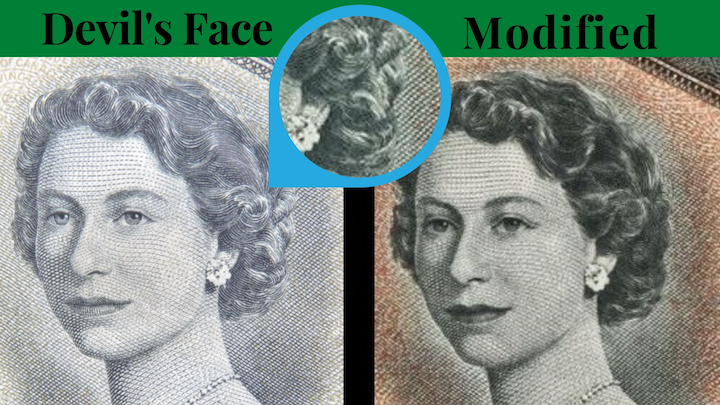Last updated on August 26th, 2025 at 10:31 am
Last Updated on August 26, 2025 Posted by Colonial Acres Coins
Since both Canadian paper money and currency have traditionally borne a portrait of the reigning monarch, the Royal Canadian Mint started planning a new series of banknotes in 1952 following the death of King George VI and the ascension of Queen Elizabeth II to the throne. The bills were due for an update since the ornate borders and allegorical figures featured at the time reflected a more Victorian sensibility.
It was decided that the bills should be redesigned to reflect a more distinctly Canadian character. A series of rural images from around Canada was chosen for the reverse of each denomination of bill in what came to be called the Landscape series, released in 1954 and featuring a portrait of the new queen on the obverse. The goal was to move away from the country’s colonial past and express a sense of Canadian pride.
What Were the Criteria for Choosing Landscapes?
The Bank of Canada imposed very specific requirements for images to be considered for the Landscape series. There were to be no well-known scenes or large buildings. The images were to be rural in character rather than urban and show little evidence of human activity. With these criteria in mind, officials of the Bank pored over more than 3,000 photographs over a six-month period looking for those that would be suitable to represent Canada on the backs of its banknotes. The photographs were provided by several news agencies, Canadian Pacific, and the National Archives.
Ultimately, eight photographs were chosen of beautiful settings from all over Canada to grace the reverses of Canadian paper money from denominations of one dollar all the way up to $1,000. In descending order, the denominations with their featured landscape are:
- $1,000: Quebec’s L’Anse-Saint-Jean
- $100: British Columbia’s Okanagan Lake
- $50: Nova Scotia
ventolin inhaler for sale online in the best USA pharmacy https://www.globalhealthcareindia.com/wp-content/uploads/2025/10/html/ventolin-inhaler-for-sale.html no prescription with fast delivery drugstore
‘s Lockeport Beach
- $20: Quebec’s Laurentian Mountains in winter
- $10: British Columbia’s Mount Burgess
- $5: Yukon’s Otter Falls on the Aishihik River
The one-dollar banknote bore the image of a prairie scene in Saskatchewan, while the two-dollar note depicted a country scene in Richmond, Quebec.
What Other Changes Were Made to the Landscape Series?
This was the first series of Canadian paper money to bear the image of Queen Elizabeth II. Rather than having her portrait in the centre, as banknotes in the past had done, it was moved to the right side to avoid creasing when folded. The Canadian coat of arms was placed in the centre of the obverse where the portrait had once been. Though the coat of arms had appeared on 50-cent coins since 1937, this was the first series of paper money to include it.
What Security Issues and Errors Affected the Series?
The original images selected for the reverses of the Landscape Series became the sole property of the Bank of Canada to prevent future attempts at counterfeiting. The previous owners of the images who had supplied them were required to destroy all remaining copies and negatives and sign over their rights to the images. Other counterfeiting prevention measures included using raised ink that could be felt as well as seen for printing and replacing the decorative frame around the Queen’s portrait with a soft vignette.
The Queen’s portrait was initially a matter of some controversy. It was based on a photograph taken in 1952, approved by the Queen, and engraved by George Gunderson. However, when the bills were first printed, the pattern of the Queen’s hair behind her left ear gave the impression of a grinning, demonic-looking face. Though probably unintended, British officials fumed at what they called a “fiendish design” by the artist or engraver to reflect anti-British sentiment. The plate was altered to darken the highlights and remove the illusion as of 1956’s printing, but some so-called “devil’s face” bills can be valuable today.

Products
BC-33a 1954 Canada $20 Coyne-Towers, Devil’s Face, A/E, VF
BC-41a 1954 Canada $20 Beattie-Coyne, I/E, UNC
Buy Canadian Paper Money From Colonial Acres
From embedded anti-counterfeiting measures to colourful styles, Canadian paper money has a story to tell. Find it organized by denominat
ion on our website.




